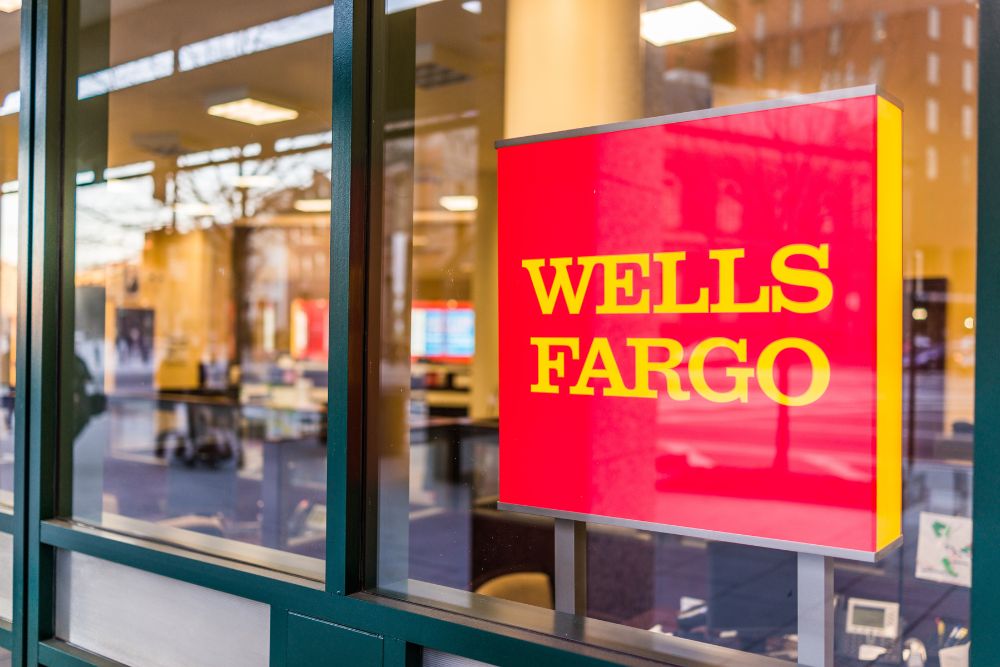
Key Points
- While inflation is displaying signs of slowing down and easing budgets, it may not be enough for this holiday season
- Many consumers have already gone to fiscally responsible mode and are looking at ways to have their funds last longer
- Families have already cut back on spending on their child, leaving without presents.
The American shopper has already taken a more risk-averse approach to how they spend, even with inflation starting to calm down a bit[1]. This could be a sign that even with the current relief, budgets have already been stretched too thin, and the strain has all but closed their options for a big holiday spending season.
A closer look shows us that consumers are actually shifting away from saving money mode and towards living from paycheck to each paycheck unfortunately. Economists have only been looking at cutting non-essential spending, or what is known as ‘trading down’ to store brands. A report by LendingClub (that’s updated monthly) shows that over 60% in the U.S. in November have already been struggling in this way, and it’s up from the 64% of Americans that said the same in October[2].
While the days of hitting the 40-year high in June are over (when it was 9.1%)[3], inflation still remains high at 7.1%[4]. That’s combined with people syncing their purchases with their next payday. That’s a drastic move from a time when people were able to purchase whenever they wanted to, which was said by Marshal Cohen, who is the Chief Advisor from NPD and also mentioned, “The living cost has risen to a point where it’s being noticed.”
Indicators from higher frequency shopping
Looking at another indicator, one simply looks at how many more times consumers will go to the grocery store or gas station. You’ll notice peaks at gas stations when payday comes around to fill up on gas, and try to time it then, said CFO of Synchrony Financial Brian Wenzel.
There’s a similarity when looking at grocery shopping. It started in the summer when executives at Walmart noticed at the highest peak of inflation how consumers switched to smaller milk because they simply could no longer afford the larger one. This effect has widened to a larger portion of the population, even with inflation trending downwards. It’s a key indicator that will need to be monitored and reviewed continuously in the coming months.
Rajeev Sharma, CEO of VideoMining, said, “One of the ways shoppers changed their habits due to their worry on grocery spend was to buy fewer items per shopping trip and to also make those trips shorter.”
A quick trip is having five items or less, which had gone up to 51% of shoppers by summer, and leaking into fall. Whereas in contrast, longer trips, known as stocking up, remained consistent still.
Our children will feel it as well
Typically budget cuts are first felt by the parents and only when necessary pushed down to their kids, yet that’s already happened to many families. In addition, ancillary items such as games and toys have decreased significantly over the past year or so, with a reduction in store visits and average spending. The data came from analysts at Jeffries, a financial services firm.
Beyond toys and games, shopping for apparel, even at locations such as Old Navy and Gap, has also seen a decline. “Old Navy is showing a softening in spending, as well as shopping, from its low-income customers,” stated interim Gap CEO, Bobby Martin.
Neil Saunders, who works as an MD at GlobalData, added that “The retailer is suffering from this reduction in spending, with the whole family unit slowing down amidst these growing financial restrictions.”
Christopher Horvers, a JP Morgan analyst focused on retail, concluded, “Even though people continue to buy TVs at Costco, and sales for TVs are up from the previous year, they’re looking to buy smaller ones – showing a sign of continuous weakening of the consumer.”
Looking to save money? Don’t spend it
Some are still adamant about spending this holiday season and simply have increased their comparison shopping. Still, there’s also a growing movement of people simply not buying anything and walking away. That’s an excellent option to build the right type of saving habits that can last a lifetime and only require sacrificing one holiday shopping season.
You have people looking for the lower priced alternative of their favorite item in the grocery store, according to Sharma from VideoMining. However, nearly half are just browsing and not buying anything at all.
He continues by saying, “while there are many variables to this rate of people walking away and not buying, it’s primarily around the higher prices. In Q3, the highest per unit price in grocery stores was recorded at $4.21.”
Another example, according to Sharma, is that there was a dip of around 10% when it came to those who purchased vitamins, yet they spent 5% additional time looking to buy them.
It’s also said that this type of reduction in spending will continue at a rapid pace, according to Meagan Schoenberger, who works at KPMG as an Economist.
Many people wonder where that will first start to happen, and Sharma has an idea that it will most likely be on candies, which are already showing similar activities to the vitamins.








